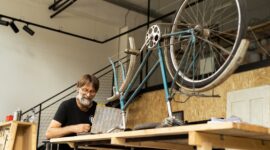
Survey: What Are the Obstacles to Transitioning to a Circular Economy in Estonia?
24.10.2023
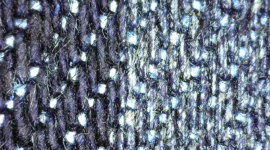
An Estonian industrial PhD student found a way to extend the durability of denim
13.10.2023
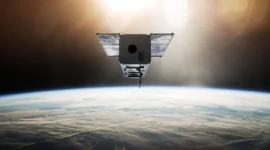
Estonia’s ESTCube-2 satellite launched into orbit
11.10.2023
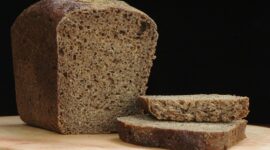
Global warming is changing how food tastes
06.10.2023
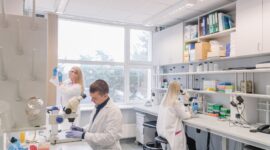
Researchers of the School of Science of TalTech revived a method abandoned a century ago. Why?
04.10.2023
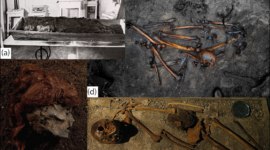
Bogs, bones and bodies: Violent past of northern European mires
19.09.2023

Science Communication in Practice: An Evening of Networking in Brussels
18.09.2023
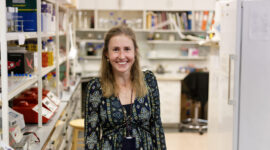
University of Tartu researcher receives prestigious grant to study the arms race between bacteria and viruses
12.09.2023
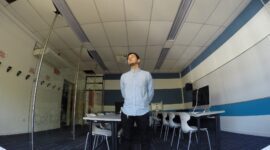
An Estonian island school is designing education
07.09.2023

Marine biologist: a person consumes a credit card’s worth of microplastics per year
05.09.2023
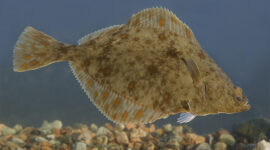
Baltic Sea pollution puts fish cancer defenses to the test
17.08.2023
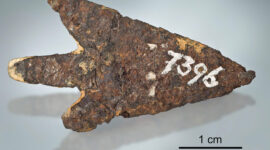
Swiss Bronze Age arrowhead possibly forged from Estonian Kaali meteorite
11.08.2023
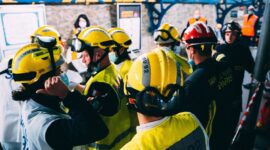
What makes individuals fall through the safety nets during disasters?
08.08.2023

Scientists build a platform to make perfect indoor air conditions
04.08.2023
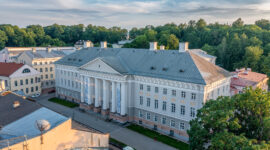
University of Tartu spearheads excellence in digital bioengineering and personalised medicine
02.08.2023

Taltech researchers strike a home run in hardware security
12.07.2023

Study: virtual citizenship falls into a grey area businessmen can exploit
06.07.2023
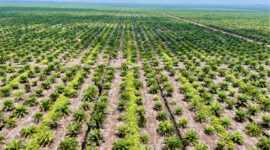
How can we revive disappearing wetlands?
04.07.2023
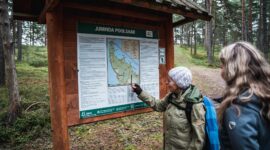
Educators ask too few open-ended, complex questions
27.06.2023
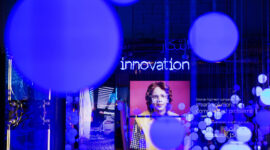
Europe’s innovation gap cannot be closed overnight yet needs urgent action
22.06.2023
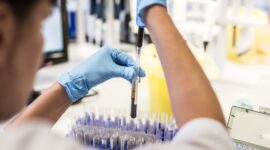
International study shows polygenic risk score results of genetics-based breast cancer precision prevention
20.06.2023

The number of child cancer patients is on the rise
09.06.2023

How an Estonian university and an Austrian foundation are improving the world together
07.06.2023
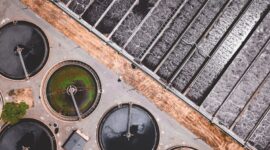
The environmental chemists at the University of Tartu take the micropollutants out of wastewater
01.06.2023